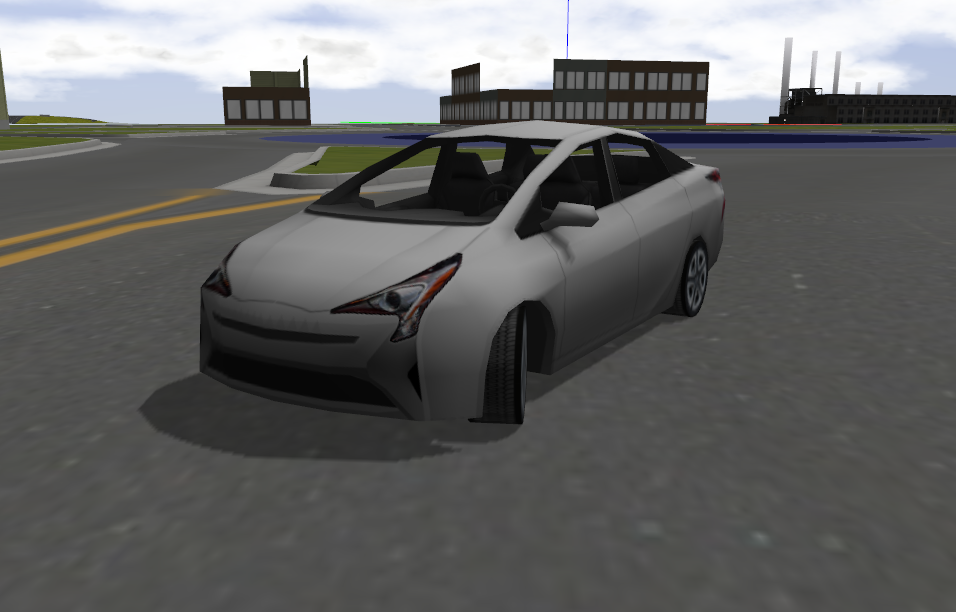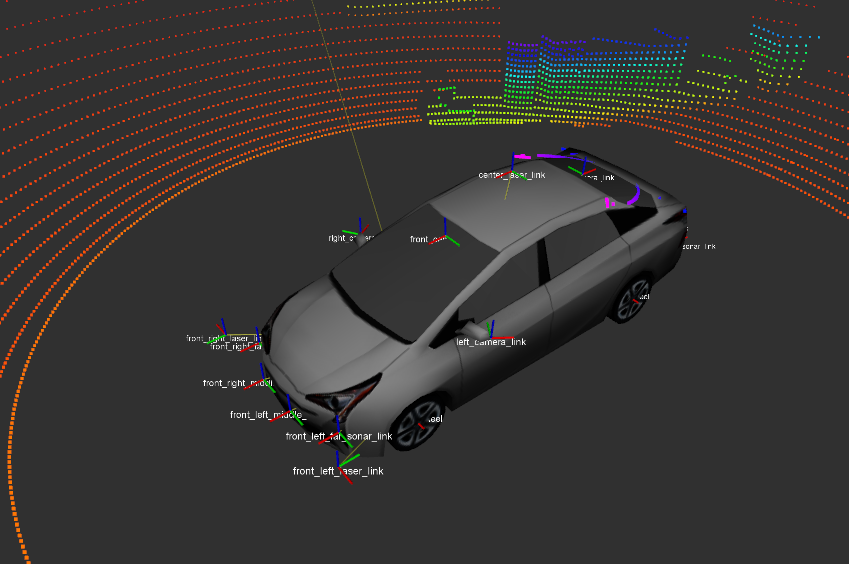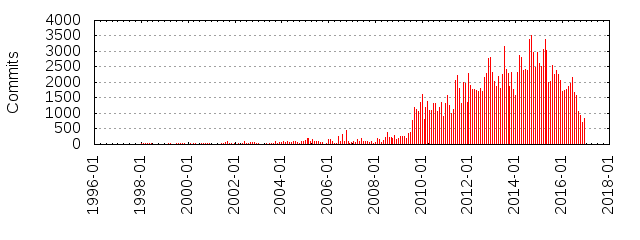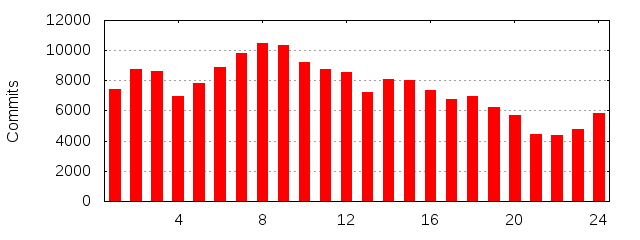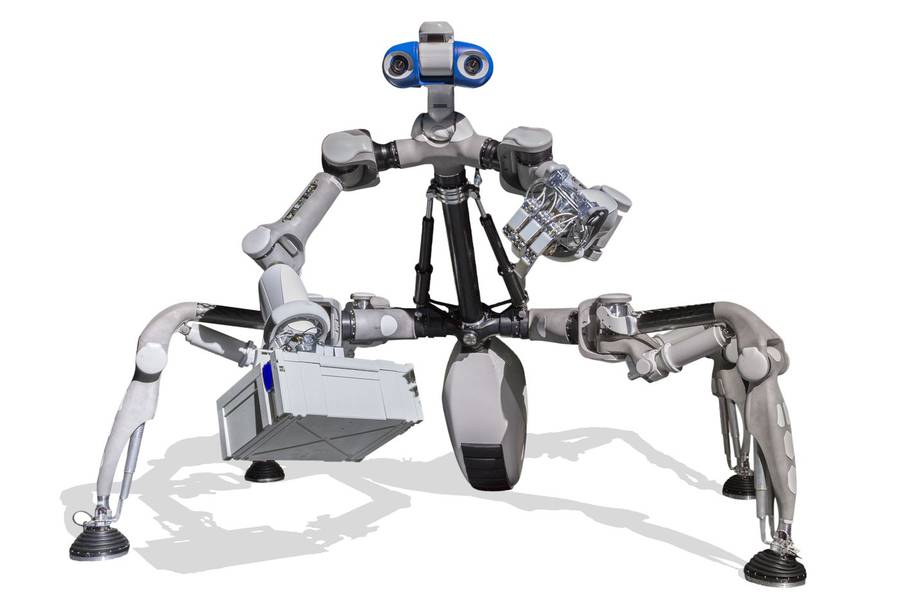The ROSCon registration rates increase next Tuesday, August 1st! Register now at: https://roscon2017.eventbrite.com/ to get the early registration discount.
We’re anticipating another record year with more proposals, talks, and sponsors than ever before!
To save money, remember to book your hotel room soon as well. More information is available at: http://roscon.ros.org/2017/#location.
For more information about ROSCon including the program and information on the location please visit: http://roscon.ros.org/
We’re happy to announce some great new sponsors for ROSCon: SICK, Apex.AI, NVIDIA, Voyage, and Ubuntu.
Thanks to our Platinum Sponsor: Intel.
Thanks to our Gold Sponsors: Clearpath, Erle, Fetch, GaiTech, Locus, Rapyuta, and SICK.
Thanks to our Video Archive Sponsor: Ubuntu
